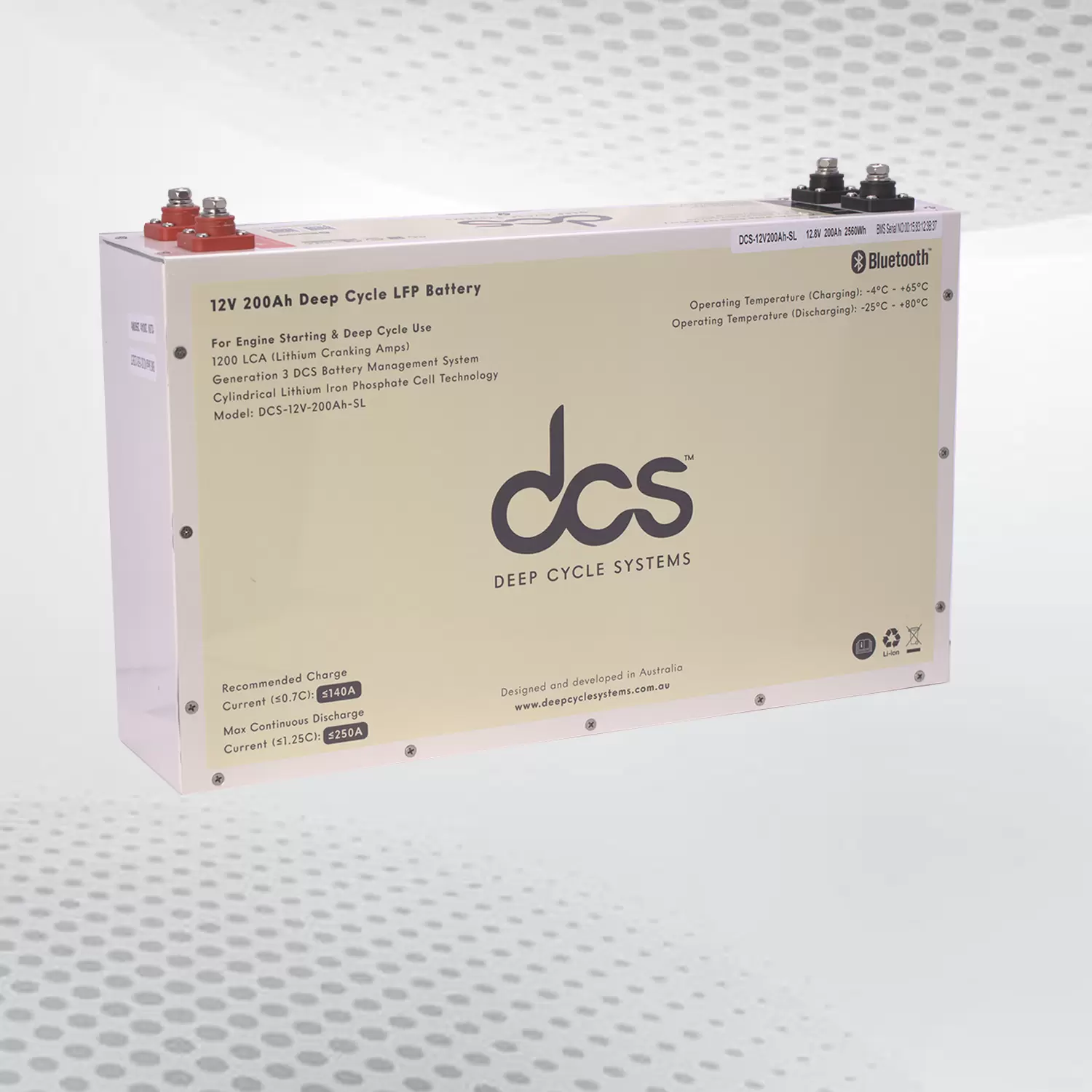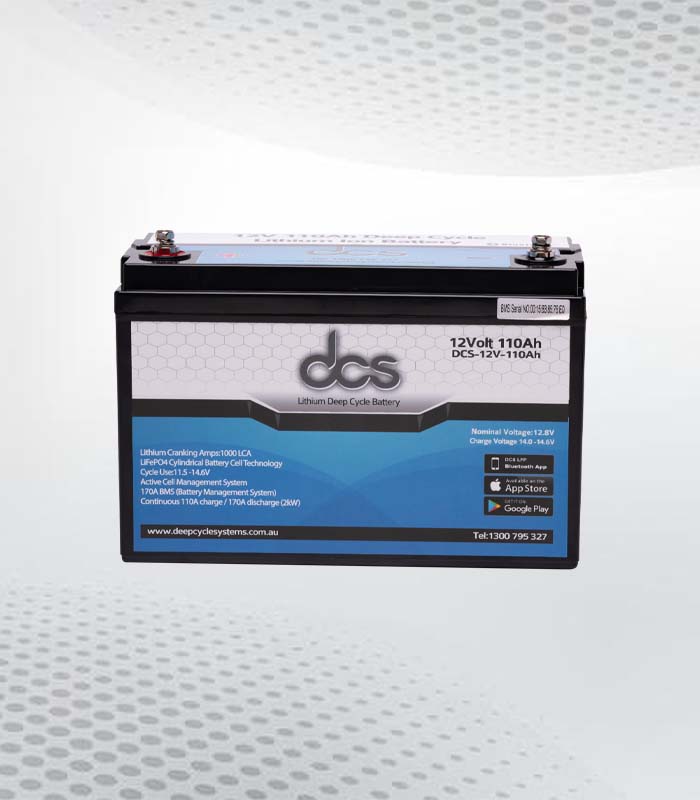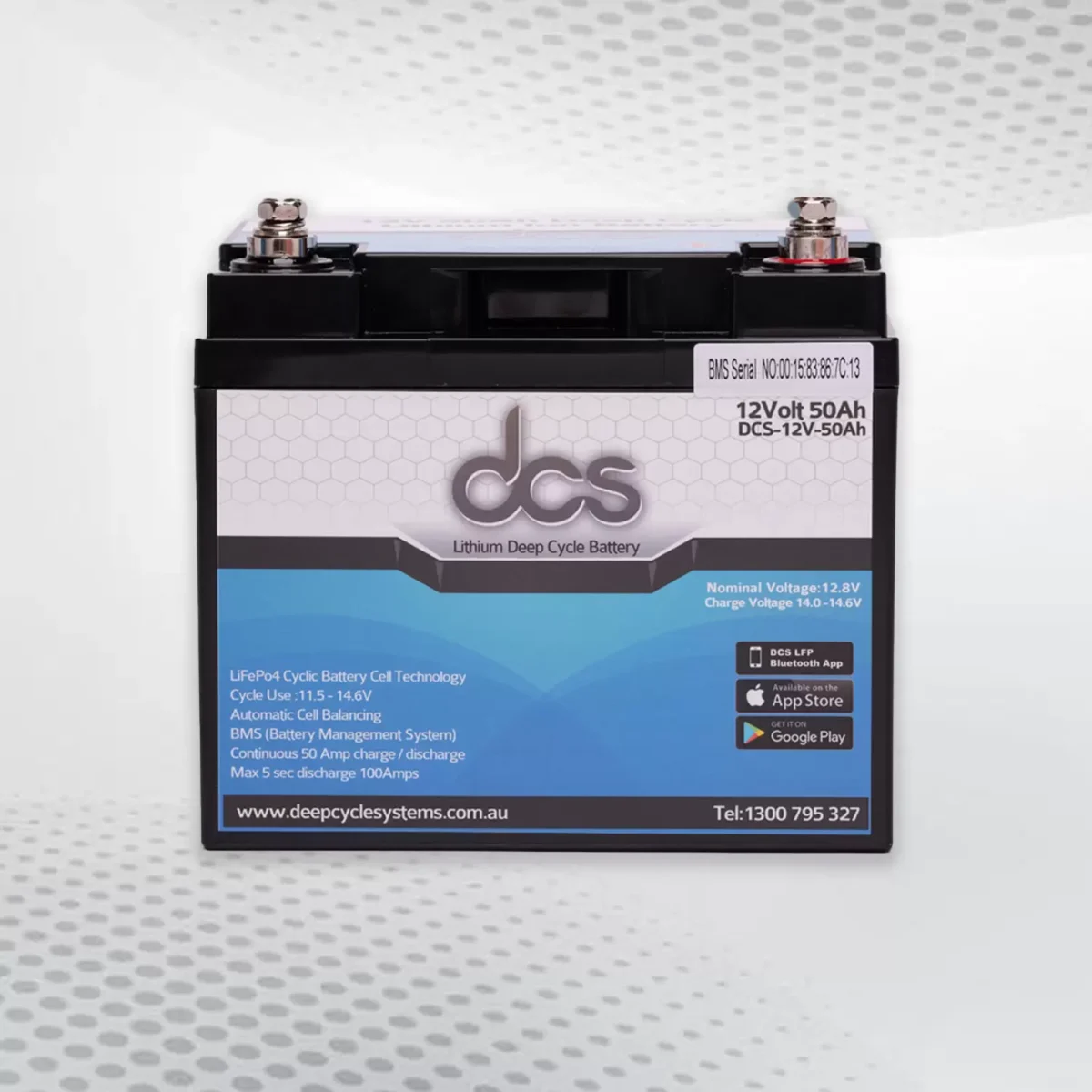Are you considering upgrading your device with a 12v Lithium Ion Battery? If so, you’re making a smart choice. These batteries offer lightweight power and impressive energy density, perfect for various applications—from powering electric vehicles to optimizing solar setups. The installation process might seem daunting at first, but it can be straightforward and rewarding with the right guidance. Whether replacing an old battery or enhancing your gadget’s performance, this guide will walk you through every essential step of the installation process.
Why Choose a 12V Lithium-Ion Battery?
Choosing a 12V lithium-ion battery is an excellent decision for those seeking efficiency and reliability. These batteries boast a higher energy density than traditional lead-acid options, meaning they can store more power in a smaller space. This compact design makes them ideal for applications where weight and size are crucial factors.
Another significant advantage is their longer lifespan. Lithium-ion batteries typically last two to three times longer than lead-acid batteries, reducing the frequency of replacements and saving you money. They also maintain performance even as they discharge, ensuring your device runs smoothly until the end.
Additionally, 12V lithium-ion batteries are known for their rapid charging capabilities. You can enjoy quicker turnaround times between uses, allowing you to focus on what matters most—getting things done without unnecessary delays or interruptions.
Tools and Materials Needed for Installation
To successfully install a 12V lithium-ion battery, you’ll need some essential tools and materials. Start with basic hand tools like screwdrivers, pliers, and wire cutters. If you’re dealing with tight spaces or intricate components, consider having a multi-tool handy for added convenience.
Next, gather the right materials for wiring and connections. This includes insulated copper wires of appropriate gauge, heat shrink tubing to protect exposed areas, and terminal connectors to ensure secure attachments. A soldering iron can also be beneficial if you need solid connections.
Remember safety gear! Safety goggles will protect your eyes from debris, while gloves can help prevent accidental short circuits during installation. Organizing everything beforehand makes the entire process smoother and more efficient.
Safety Precautions When Handling Slim Line Lithium Battery
Handling a Slim Line Lithium Battery requires attention to safety. Always wear protective gear, including gloves and goggles, to protect yourself from hazards. These batteries can be sensitive; any puncture or drop may lead to dangerous reactions.
Avoid exposing the battery to extreme temperatures or moisture. Store it in a cool, dry place when not in use. A stable environment prevents swelling and reduces the risk of fire.
Be mindful of static electricity when working with your battery. Ground yourself by touching a metal object before handling it. This simple step helps prevent accidental discharges that could damage your equipment or pose safety risks.
Guide to Installing a 12V Lithium-Ion Battery.
Installing a 12V lithium-ion battery requires careful preparation to ensure safety and functionality. Begin by preparing your workspace, making sure it’s clean and well-lit. Gather all necessary tools and materials before starting the installation.
Next, you will need to prepare your device for the battery setup. Disconnect any existing power sources to avoid shocks or short circuits. Note how the old battery is connected; this will help when installing the new one.
Once everything is ready, it’s time to install the 12V lithium-ion battery in its designated space securely. Ensure that it fits snugly without excessive movement. After securing it, connect wires properly according to their polarity—positive to positive and negative to negative—to avoid potential damage or malfunction.
Preparing Your Device for Battery Installation
Before you begin installing your 12V lithium-ion battery, it’s crucial to prepare your device properly. Start by turning off the power completely. This ensures that there are no surprises during the process and protects both you and the device.
Next, remove any covers or compartments that house the existing battery. Take care not to damage any components while doing this. A clean workspace helps prevent lost screws or parts as you work through each step.
Inspect all connections and wiring for wear or damage. This is a great opportunity to replace frayed wires or corroded terminals before introducing your new battery. Thorough preparation sets a solid foundation for a successful installation.
Identifying the Positive and Negative Terminals
Identifying the positive and negative terminals on your 12V lithium-ion battery is crucial for a safe installation. The positive terminal is marked with a plus (+) sign and often has a red cover or wire attached. This indicates where the power flows out of the battery.
On the other hand, the negative terminal will have a minus (-) sign and may be marked in black. It’s essential to ensure you don’t mix these up, as connecting them incorrectly can damage your device or pose safety risks.
Before proceeding, double-check that you’ve correctly identified both terminals. A quick visual inspection or referencing any labels on your battery should suffice. This extra step ensures that everything functions smoothly once you’ve completed the installation.
Securing the Battery in Your Device
Once you’ve connected your 12V lithium-ion battery, securing it properly within your device is vital. A loose battery can cause vibrations and movement that may damage the connections or the battery itself over time. Use mounting brackets or straps designed for your specific application.
Ensure that any securing mechanism does not press too hard against the battery casing, which could lead to deformation. Cushioning materials such as foam pads can help absorb shocks while keeping everything snugly in place.
After securing the battery, double-check its fit by gently tugging it to ensure nothing shifts out of position. This extra step helps prevent issues and gives you peace of mind during operation.
Wiring the 12V Lithium-Ion Battery Safely
Wiring your 12V lithium-ion battery safely is crucial for optimal performance and safety. First, ensure you clearly understand the wiring diagram specific to your device. This will help you connect the battery properly and clearly.
Use quality connectors rated for the amperage you’ll draw from the battery. Poor connections can lead to overheating or even failure. Ensure each connection is secure and insulated with heat shrink tubing or electrical tape to prevent short circuits.
Once all wires are connected, double-check the polarity before powering on your device. The positive wire should go to the positive terminal, while the negative connects to its terminal. Any mistake here could harm both your battery and electronic components.
Connecting a Battery Management System (BMS)
Connecting a Battery Management System (BMS) is crucial for optimizing the performance of your 12V lithium-ion battery. This system monitors the battery’s health, ensuring it operates safely and efficiently. A BMS will help prevent overcharging, deep discharges, and thermal runaway, which can significantly extend your battery’s lifespan.
To connect your BMS, start by referring to its wiring diagram. Identify the terminals designated for connection to each cell within your battery pack. Ensuring secure connections is important; loose wires can lead to poor performance or damage.
Once connected, monitor the BMS display if available. This allows you to monitor voltage levels and overall health in real time. Regular checks will inform you when maintenance is needed or if any issues arise during operation.
How to Test Your 12V Lithium-Ion Battery After Installation
Once you’ve installed your 12V lithium-ion battery, the next step is testing its functionality. Start by ensuring all connections are secure and insulated to prevent shorts. Use a multimeter to measure the voltage; if fully charged, it should read around 12 volts.
Next, power up your device while monitoring the battery’s performance. Look for any unusual sounds or signs of overheating during this process. If everything appears normal, check how long the device runs on the new battery compared to previous sessions.
Consider running a load test with an appropriate resistor or dummy load miming real-world usage. This will help evaluate how well your 12V lithium-ion battery holds up under strain. A healthy battery will maintain its voltage without significant drops during this test.
Best Practices for 200ah Lithium Battery Slimline Maintenance
Regular maintenance of your 200ah Lithium Battery Slimline is essential for optimal performance.
Understanding Lithium Battery Chemistry
Please provide an overview of how lithium batteries work, focusing on the specific chemistry of 200Ah lithium slimline batteries, which helps understand their maintenance needs and performance characteristics.
Regular Inspection and Cleaning Procedures
Discuss the importance of regular inspections for signs of wear, damage, or corrosion, along with step-by-step instructions for cleaning the battery terminals and housing to ensure optimal performance.
Optimal Charging Practices
Highlight best practices for charging 200Ah lithium batteries, including recommended charge cycles, using a compatible charger, and avoiding overcharging or deep discharging to extend battery lifespan.
Temperature Control and Storage Recommendations
Emphasize the significance of maintaining the battery within recommended temperature ranges during use and storage and tips for proper storage methods to prevent damage from extreme temperatures.
Ensuring Proper Ventilation for Your Battery Setup
Proper ventilation is crucial for maintaining the performance and longevity of your 12V Lithium-Ion battery setup. Heat buildup can reduce efficiency and potential damage, so adequate airflow around the battery is essential. Consider placing your device in a well-ventilated area where air can circulate freely.
If you’re installing batteries indoors or in tight spaces, use fans or vents to help dissipate heat. Avoid enclosing batteries in sealed compartments without airflow, as this increases the risk of overheating.
Monitoring temperature levels regularly is also wise. Observing how hot your battery gets during operation can provide valuable insights into its health and safety.
Understanding the Battery’s Voltage and Capacity Requirements
Understanding your device’s voltage and capacity requirements is crucial when installing a 12V lithium-ion battery. Voltage refers to the electrical potential that powers your device, while capacity measures how much energy the battery can store. Together, they determine how efficiently and effectively your device operates.
Most devices specify their required voltage in their manuals. A mismatch can lead to underperformance or even damage. For optimal performance, ensure that your chosen battery closely matches these specifications.
Conclusion
Installing a 12v Lithium Ion Battery can significantly enhance the performance of your device. With proper understanding and care, you’ll unlock its full potential. Whether for recreational use or essential applications, this upgrade is worthwhile. Always remember that safety comes first during installation and maintenance. Familiarize yourself with handling precautions to prevent any mishaps. Following the right steps ensures not just functionality but also the longevity of your setup.
FAQs
What devices can I power with a 12v Lithium Ion Battery?
12v Lithium Ion Battery are versatile and commonly used in various applications such as RVs, electric bikes, solar energy systems, etc. Their lightweight and efficient design makes them an excellent choice for portable power.
How long will a 12V lithium-ion battery last?
These batteries typically have a lifespan of 5 to 15 years, depending on usage patterns and maintenance. Proper care can significantly extend their lifespan.
Can I charge my new battery while connected to my device?
It’s generally recommended to disconnect your device before charging the battery. This ensures safety and optimal charging performance without risking damage to either component.




